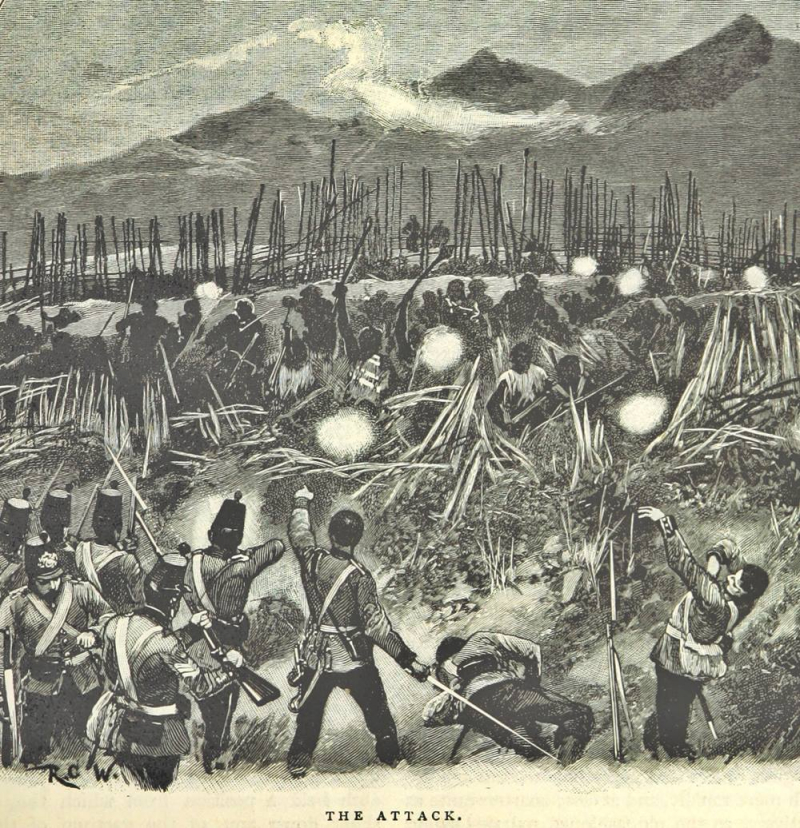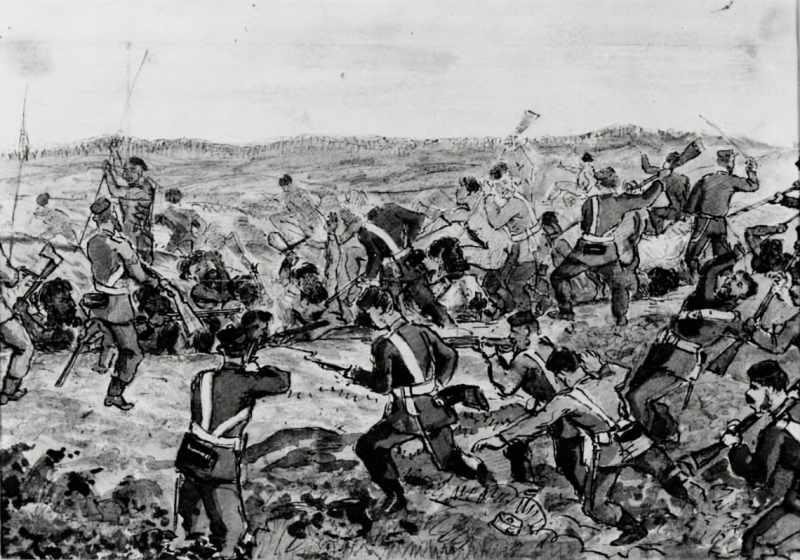Battle of Gate Pa
From the Battle of Blood River to Rorke's Drift, firepower helped relatively small European armies to defeat vast numbers of native men using antiquated weapons during the Age of Colonization. Therefore, it was exceptional for the British forces, led by Lieutenant General David Cameron, to attack the fort of Gate Pa on April 29, 1864, in New Zealand. They had 1,700 soldiers as opposed to the 250 Maori soldiers Rawiri Puhirake had manning his defenses, along with heavy artillery. They were insurrecting in opposition to a British land grab. The British had spent days bombing the defenders, causing 15 casualties while doing so, which widened the deficit.
To the astonishment of many, the attackers were forced into constrained approaches to Gate Pa, which caused the onslaught to halt and become disorganized. The Maori then started killing off the commanders, leading to a general rout. They lost nearly half as many people while killing or injuring more than 110 assailants. Despite winning, the defenders snuck away that night in the shadows.
Even though the Maori were bolstered to more than 500 troops this time, the British, who were driven by a desire for vengeance, ultimately prevailed against them on June 20, 1864, in the follow-up battle of Te Ranga. Despite the fact that a peace treaty was formed soon after, it was incredibly liberal by modern standards because it provided food and water for the native population. It appeared that Gate Pa had more confidence-shaking effects on the colonizers than they were willing to acknowledge.
Date: early 1864
Location: Pukehinahina (puke hill, hinahina or mahoe tree) on 29 April
Result: Māori victory












